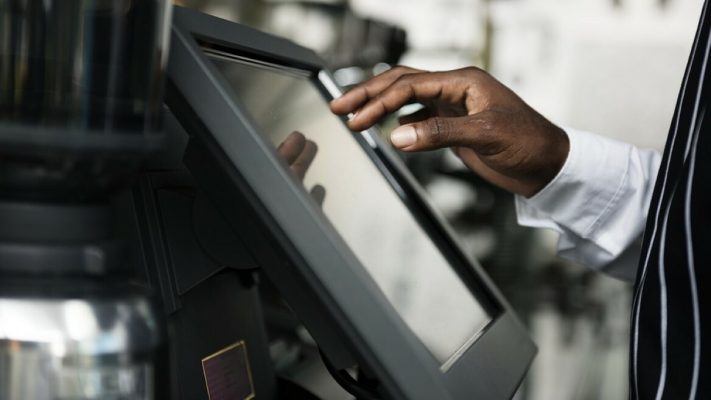Touchscreen Solutions
Comparing the Different Types of Capacitive Touchscreens
It’s no secret that most smartphones, tablets and other touchscreen devices on the market today typically use one of two different touch technologies: resistive or capacitive. If you keep with our blog here at En-Touch, you probably have a general understanding of each technology and how it works. Resistive touchscreens identify touch by pressing together and upper and bottom layer, whereas capacitive touchscreens identify touch by measuring the electrical charge produced by the user. Because capacitive touchscreens use electricity instead of pressure to identify touch, they are typically more accurate, which is why it’s the preferred technology for use in smartphones.
But there are several different types of capacitive touchscreens, each of which has its own unique characteristics. Today, we’re going to take a closer look at the different capacitive touchscreens, revealing how they work.
Surface Capacitance
The most common type of capacitive touchscreen technology is surface capacitance. Devices that utilize this technology feature an insulator that is coated with a conductive layer on just one side instead of two; thus, allowing for a uniform electrostatic field. When the operator touches the surface, it creates a dynamic capacitor, allowing the device to determine the operator’s point of touch. Surface capacitance sensors contain no moving parts, allowing for greater durability but at the cost of resolution. It also more susceptible to false touch signals due to parasitic capacitive coupling (note: calibration can overcome this hurdle during manufacturing).
Projected Capacitance
A second type of capacitive touchscreen technology is projected capacitance. Also known as PCT or PCAP, this setup features a grid-like matrix of conductive material that is typically layered on a glass panel. Layering is accomplished through etching, in which the conductive material is etched into the glass surface. When voltage is applied to the matrix, it creates a stable electrostatic field. Now, pressing your finger against a projected capacitance touchscreen causes a disturbance in this electrostatic field, which is used to determine the point of contact. If you press an icon in the upper-right corner, for instance, the electrostatic field is disrupted in the upper-right corner; thus, the device is able to determine the exact location of your touch.
Mutual Capacitance
Mutual capacitance is actually a sub-type of the projected capacitive technology. This type of touchscreen technology features capacitors that are formed by the trace row and column of the intersection. It works like a regular projected capacitive device, with voltage applied to the rows and columns. But the capacitance changes at individual locations on the grid to determine the location of touch. Unlike its counterpart, mutual capacitance supports the use of mult-touch technology.

